Best Practices Articles

7 Things to Consider for Appointment Setting Campaigns
Appointment setting has actually existed for nearly two decades. Over the last five to seven years, however, it has undergone a dramatic transformation. When appointment setting began, it focused primarily on the business-to-business environment, where an inside or outside sales rep would cold call into an account to set up a face-to-face appointment. Even today, it is common to observe salespeople knocking on the doors of small businesses, trying to drop off their business cards—whether they are selling copiers or cleaning services or maintenance and repair services. The goal of securing a face-to-face meeting is still quite common today. However, traditional methods of appointment setting require a huge investment of sales resources, and from that perspective these methods are simply not productive anymore. The fact is, traditional appointment setting wastes a lot of money and time today. However, when conceived as the last step of a structured digital prospecting process, appointment setting can be totally reconfigured and drive significant ROI, and it also can substantially increase customer satisfaction.
The future of appointment setting depends heavily on integration with inbound marketing. In other words, successful appointment setting in today’s marketplace requires a proper balance between inbound and outbound marketing tactics. Appointment setting traditionally has been considered on outbound marketing tactic, but recently it is more common for it to be incorporated as the last step of inbound marketing.
For this article, I’d like to focus on seven critical principles for making an appointment setting campaign successful:
- Appointment setting must begin with an inbound marketing approach. Traditionally, inbound marketing refers to the integrated use of search, social media and a website to drive the awareness of prospective buyers and generate interest among those buyers in reaching out to a specific vendor, asking them to initiate contact. This where an integrated appointment setting strategy can drive real results.
- The website is your 24x7 salesperson. Traditionally the website has functioned as a summary of what a company does at a high level, with explanations of products and solutions, a section with information about the company’s office presence and contact information, a description of the leadership team and so on. However, over the past five years or so the company website has morphed into what I would call a “digital salesperson” who can sell on a 24/7 cycle. Most companies that are now focused on content marketing to drive lead generation are using their website as a digital salesperson. What does that mean? Today’s website is structured to engage buyers at various stages of research that they are undertaking to determine whether or not the vendor can meet their needs. For instance, in a classic scenario the buyer goes through a series of phases on the path to purchase: awareness, interest, trial or demo, engagement with the vendor and procurement—followed by renewal or repurchase. In the earliest phase where the buyer is developing awareness and interest in a vendor’s solution, the conversation needs to be very different than in other stages. Traditional appointment setting has done a poor job of addressing the multiple stages the buyer may be progressing through. An effective website, on the other hand, can address those stages with different types of content.
- Search is king and queen. After the website, the next most important function for appointment setting is search. Search engine optimization is what actually drives traffic to the website. When buyers begin their journey to look for a solution or pursue an interest, they go online and search using certain keywords. That’s why a website needs to be fully optimized—to ensure that when a buyer searches, the vendor’s name pops up. Ideally it appears on the first page of search results, but it definitely must appear by the second page. Statistical data shows that links on the third page and beyond are rarely visited by prospective buyers. That’s why it’s so critical to have the entire website optimized around a set of keywords a buyer is likely to be using to search for a specific solution or to better understand a specific problem and discover approaches to solving it.
- Social adds flare and expands presence. Social marketing is also a critical means of driving awareness. Because the front end of the marketing funnel in today’s media environment is highly fragmented, it’s very difficult to engage a buyer via a single target, such as a specific site or a specific set of actions. The prospective buyer is likely to be visiting multiple sites. A successful marketing strategy must therefore integrate social and search to engage the buyer at multiple touch points in the early phases of the journey in the effort to drive them to the website.
- Having a structured process is critical. Process plays an important role in content creation, content development, content alignment across multiple buying phases, and in driving traffic through search and social in a systematic way. Process is critical in identifying the engagement of the prospect at various stages with different types of content on the vendor side, as well as providing that information to the salesperson. Without marketing and sales automation—the next essential element in successful appointment setting—this is almost impossible to accomplish.
- Automation brings visibility and scalability. With appropriate automation, content can be hosted on various sites, optimized for search to drive prospects to a specific website, and then the prospect’s activity can be monitored with tracking engines so the salesperson can know when a visitor lands on the site exactly what content the visitor is reading, what specific solutions are being investigated and perhaps determine what stage of the buying cycle the visitor is currently in.
- Qualify warm leads to set appointments. Once we’ve addressed the previous six tactics that I’ve identified as crucial to the appointment setting process, we’re ready to actually set appointments. Traditionally, appointment setting had to accomplish all of this with the 20-second pitch. That’s an extremely unrealistic expectation, and most of the time traditional appointment setting failed to deliver. But in today’s digital prospecting age, when calling a prospective buyer to set an appointment is conceived as the last step in a multi-phase process wherein the buyer has visited the website, opened emails, engaged with content and interacted with various sections of the site—thus reflecting an advanced stage of the buying cycle—appointment setting can be a highly effective means of engaging with the prospect. The kind of appointment setting described here not only increases customer satisfaction, but it also demonstrates to the buyer that the vendor respects the buying process.
My hope in writing this article is to show that traditional appointment setting can’t succeed in today’s digital environment, but it can be highly successful if it is carefully integrated with inbound marketing tactics. The key for the vendor is to take a structured approach: updating the website, optimizing it for search engines, developing substantial content that addresses the needs of the buyer at various stages, and aligning different kinds of content across a variety of channels—search, social, website, etc.—to ensure the prospect is properly engaged. Then, and only then, is the vendor ready to conclude the entire campaign with a qualification step, where a qualified salesperson calls the buyer to extend an invitation to a webinar or discuss solutions that meet the buyer’s specific needs. This integrated approach can greatly enhance marketing ROI and lead to a substantial increase in the sales pipeline.
Best Practices Guidebook
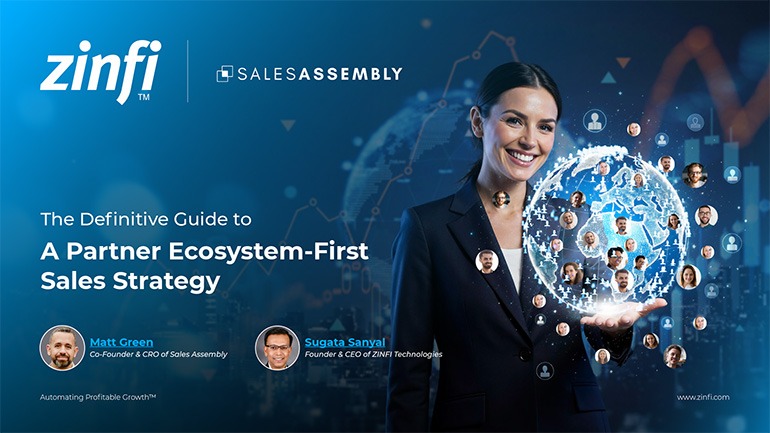 Definitive Guide to a Partner Ecosystem-First Sales Strategy
Definitive Guide to a Partner Ecosystem-First Sales StrategyDownload for FREE
 The Partner-Led Digital and AI Transformation Best Practices
The Partner-Led Digital and AI Transformation Best PracticesDownload for FREE
 Startup Talent Recruitment: Hiring Missionaries, Not Mercenaries
Startup Talent Recruitment: Hiring Missionaries, Not MercenariesDownload for FREE
 The Future of Partner Relationship Management with AI in Partnerships
The Future of Partner Relationship Management with AI in PartnershipsDownload for FREE
 Cybersecurity for the 99%: Strategies from the Frontline
Cybersecurity for the 99%: Strategies from the FrontlineDownload for FREE
 Mastering Partner Relationships: A Strategic Approach to Business Growth
Mastering Partner Relationships: A Strategic Approach to Business GrowthDownload for FREE
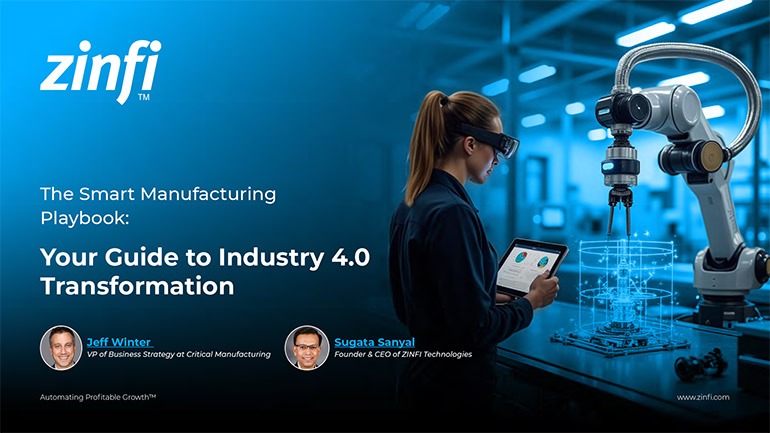 The Smart Manufacturing Playbook: Industry 4.0 Transformation
The Smart Manufacturing Playbook: Industry 4.0 TransformationDownload for FREE
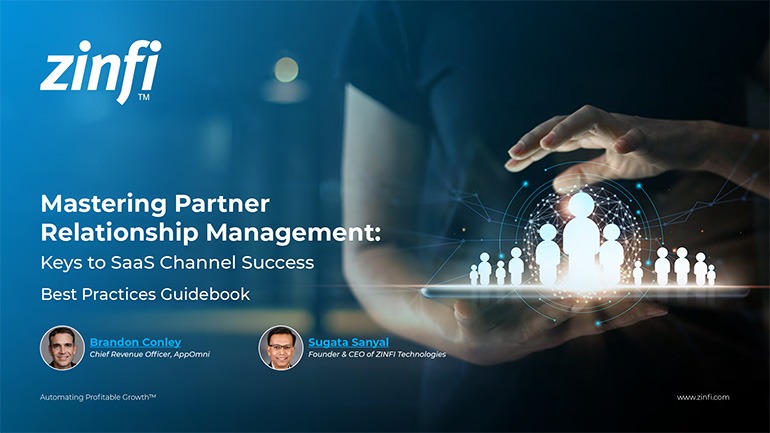 Mastering Partner Relationship Management: Keys to SaaS Channel Success
Mastering Partner Relationship Management: Keys to SaaS Channel SuccessDownload for FREE
 Navigating the AI Revolution: Guide for Partners in the Microsoft Ecosystem
Navigating the AI Revolution: Guide for Partners in the Microsoft EcosystemDownload for FREE
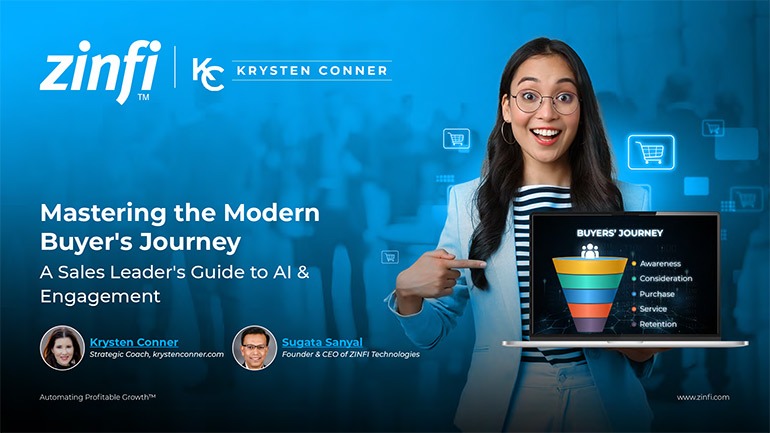 Mastering the Modern Buyers Journey: Sales Leader’s Guide to AI & Engagement
Mastering the Modern Buyers Journey: Sales Leader’s Guide to AI & EngagementDownload for FREE
 Hybrid Cloud and Edge AI Computing Impacting the Future of PRM
Hybrid Cloud and Edge AI Computing Impacting the Future of PRMDownload for FREE
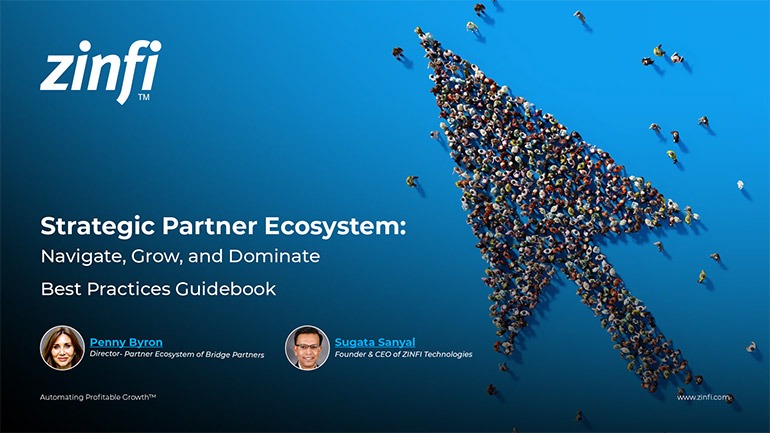 Strategic Partner Ecosystem: Navigate, Grow, and Dominate
Strategic Partner Ecosystem: Navigate, Grow, and DominateDownload for FREE
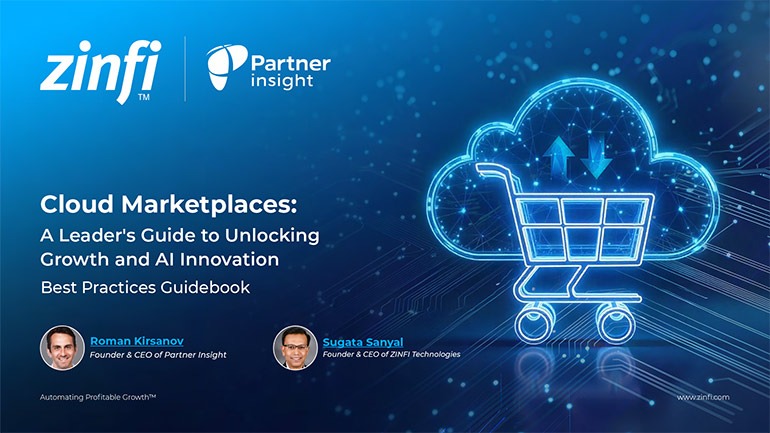 Cloud Marketplaces: Leader’s Guide to Unlocking Growth and AI Innovation
Cloud Marketplaces: Leader’s Guide to Unlocking Growth and AI InnovationDownload for FREE
 Getting More From Partner Performance: Guide to Measuring What Matters
Getting More From Partner Performance: Guide to Measuring What MattersDownload for FREE
 Guide to Modern Partner Relationship Management & Ecosystem Growth
Guide to Modern Partner Relationship Management & Ecosystem GrowthDownload for FREE
 Debunking the Entrepreneurship Myth Best Practices
Debunking the Entrepreneurship Myth Best PracticesDownload for FREE
 AI-Powered PartnerOps: The Next RevOps Frontier Best Practices
AI-Powered PartnerOps: The Next RevOps Frontier Best PracticesDownload for FREE







